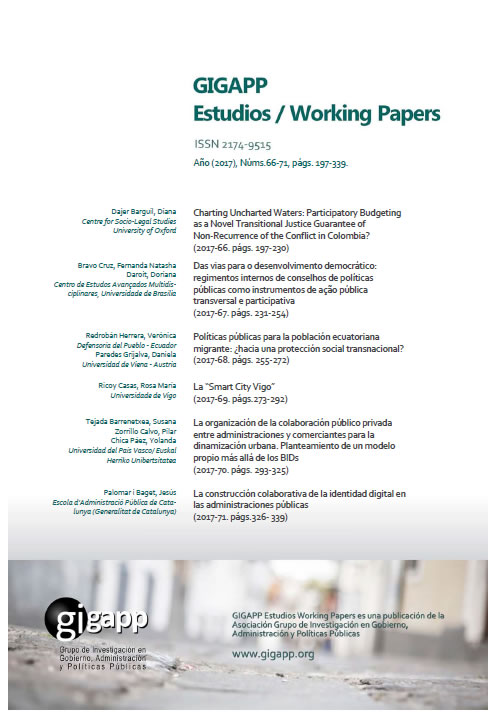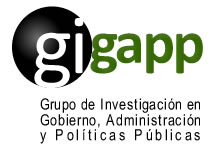La organización de la colaboración público privada entre administraciones y comerciantes para la dinamización urbana. Planteamiento de un modelo propio más allá de los BIDs
Resumen
En el ámbito de la colaboración púbico privada entre administraciones y comerciantes queda patente la necesidad de evolución de los modelos utilizados hasta el momento, basados principalmente en el modelo de los Centros Comerciales Abiertos, en el caso de España. La tendencia europea y a nivel mundial hacia el modelo de los Business Improvement Districts (BIDs), nos lleva a preguntarnos acerca de la posibilidad de su implantación en el entorno español. Así, si bien la inexistencia de una legislación que propicie su implantación parece ser el principal obstáculo para ello, a día de hoy, son diversas las propuestas legislativas en este sentido. De ahí que sea necesario ampliar el estudio de implantación del modelo pero buscando una fórmula que permita superar las reticencias que suscita el mismo. Apostamos por el planteamiento de un modelo propio que considere, por un lado, la idiosincrasia de las ciudades españolas y que, por otro, no olvide las actuaciones exitosas desarrolladas hasta el momento. Por ello el objetivo del presente trabajo es la propuesta de las bases para el desarrollo de un nuevo modelo de colaboración, analizando las características organizativas y de gestión que deberían caracterizarlo pero incluyendo en el mismo las experiencias de los modelos desarrollados hasta el momento en los municipios españoles.
Descargas
Derechos de autor 2017 Susana Tejada Barrenetxea, Pilar Zorrillo Calvo, Yolanda Chica Páez

Esta obra está bajo licencia internacional Creative Commons Reconocimiento-NoComercial-CompartirIgual 4.0.
Aquellos autores/as que tengan publicaciones con esta revista, aceptan los términos siguientes:
a. Los autores/as conservarán sus derechos de autor y garantizarán a la revista el derecho de primera publicación de su obra, el cuál estará simultáneamente sujeto a la Licencia de reconocimiento de Creative Commons Attribution-NonCommercial-ShareAlike 4.0 International (CC BY-NC-SA 4.0) que permite a terceros compartir la obra siempre que se indique su autor y su primera publicación esta revista.
Con esta licencia de acceso abierto, los lectores (usuarios) pueden:
- Compartir — copiar y redistribuir el material en cualquier medio o formato
- Adaptar — remezclar, transformar y construir a partir del material
Bajo los siguientes términos:
-
Atribución — usarios deberán dar crédito de manera adecuada, brindar un enlace a la licencia, e indicar si se han realizado cambios. Puede hacerlo en cualquier forma razonable, pero no de forma tal que sugiera que usted o su uso tienen el apoyo de la licenciante.
-
NoComercial — usuarios no puede hacer uso del material con propósitos comerciales.
-
CompartirIgual — Si remezcla, transforma o crea a partir del material, usuarios deben distribuir su contribución bajo la misma licencia del original.
-
Sin restricciones adicionales: los usuarios no pueden aplicar términos legales o medidas tecnológicas que restrinjan legalmente a otros de hacer cualquier cosa que permita la licencia.
b. Los autores/as podrán adoptar otros acuerdos de licencia no exclusiva de distribución de la versión de la obra publicada (p. ej.: depositarla en un archivo telemático institucional o publicarla en un volumen monográfico) siempre que se indique la publicación inicial en esta revista
c. Se permite y recomienda a los autores/as difundir su obra a través de Internet (p. ej.: en archivos telemáticos institucionales o en su página web) antes y durante el proceso de envío, lo cual puede producir intercambios interesantes y aumentar las citas de la obra publicada. (Véase El efecto del acceso abierto).



